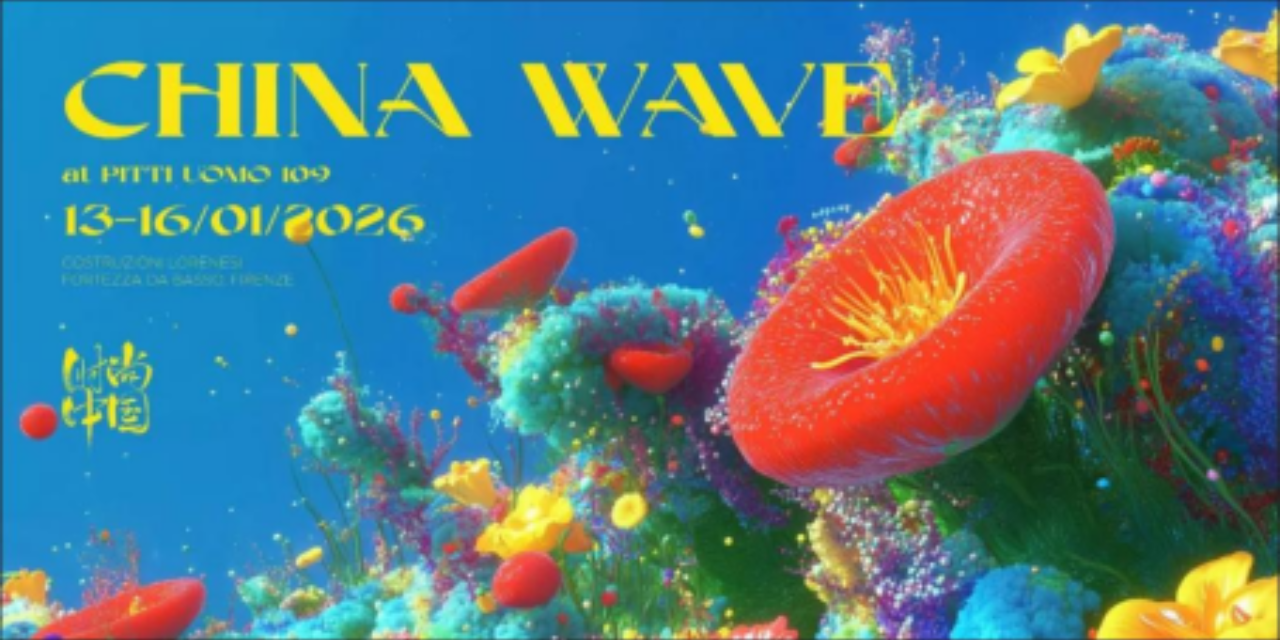"The results reflected optimistic views on sales prospects over the next 12 months with exhibitors being more upbeat than buyers. Around 87 per cent of buyers and 91 per cent exhibitors expected sales to remain steady or increase over the next 12 months. Around 58 per cent of buyers expected the retail price of their products to remain unchanged in 2019, while 31 per cent expected an increase in the retail price and 11 per cent foresaw a decrease."
 Hong Kong Trade Development Council (HKTDC), during the course of Centerstage, a fashion brand-promotion, launch platform and trade exhibition conducted face-to-face interviews with 234 buyers and 72 exhibitors to gain an overview of the current market prospects, new product trends and latest e-tailing developments.
Hong Kong Trade Development Council (HKTDC), during the course of Centerstage, a fashion brand-promotion, launch platform and trade exhibition conducted face-to-face interviews with 234 buyers and 72 exhibitors to gain an overview of the current market prospects, new product trends and latest e-tailing developments.
Positive sales prospects for next 12 months
The results reflected optimistic views on sales prospects over the next 12 months with exhibitors being more upbeat than buyers. Around 87 per cent of buyers and 91 per cent exhibitors expected sales to remain steady or increase over the next 12 months. Around 58 per cent of buyers expected the retail price of their products to remain unchanged in 2019, while 31 per cent expected an increase in the retail price and 11 per cent foresaw a decrease.
Around 38 per cent of all exhibitors expected the FOB selling price of their products to increase compared to 17 per cent in the 2017 survey, while a comparatively small number of exhibitors expected it to decrease to 8 per cent as against 13 per cent last year.
Around 45 per cent buyers expected sourcing prices and production costs to increase, while 51 per cent anticipated it to remain unchanged. Only 4 per cent, however, predicted a decrease in costs.
Japan and Taiwan lead the way
In terms of market potential, Japan and Taiwan led with nearly 60 per cent of exhibitors opting for these countries as having the highest growth potential among their traditional markets, followed by Hong Kong, South Korea, Australia & Pacific Islands. Chinese Mainland continued to receive the biggest endorsement from the exhibitors as the major emerging market, followed by ASEAN countries and the Middle East.
countries as having the highest growth potential among their traditional markets, followed by Hong Kong, South Korea, Australia & Pacific Islands. Chinese Mainland continued to receive the biggest endorsement from the exhibitors as the major emerging market, followed by ASEAN countries and the Middle East.
Around 68 per cent buyers and 71 per cent exhibitors did not expect any positive impact of the China-US trade spat on the export performance of their products. While around 30 per cent of buyers and exhibitors expected the war to affect them negatively. The relatively high neutrality perhaps reflects the fact that apparel and made-up textiles (of HS chapters 61 through 63) are not included in any of the currently effective US 301 tariff lists.
Optimal Product Development Strategies
Around 47 per cent of respondents backed ‘crossover/joint promotions’ as the most prevalent product development strategy in the coming year. This was followed by ‘celebrity or key opinion leader-endorsed fashion collections’ and ‘limited edition collections’. Among buyers, brand-licensing products’ and ‘collections made from new materials’ emerged as next most important strategies. Exhibitors, however, considered collections made from new materials and sustainable fashion as their most favored product development strategies for 2019.
E-commerce on the rise
On an average, e-tailing accounted for 40 per cent of the total sales revenue of fashion companies with an e-commerce presence. Around 29 per cent of the companies not engaged in e-tailing, or are planning to start selling online within the next two years. While 71 per cent companies currently engaged in e-tailing or are planning to, perceived the channel to be suitable for selling women’s wear, followed by fashion jewellery (27 per cent), bags (24 per cent) and menswear (18 per cent). Of those companies currently engaged in e-tailing, 61 per cent sourced from Mainland China, followed by Hong Kong (32 per cent), Japan (19 per cent), South Korea (14 per cent) and the ASEAN countries (14 per cent).












